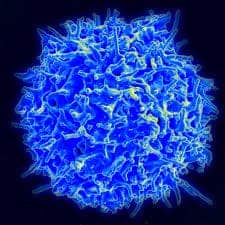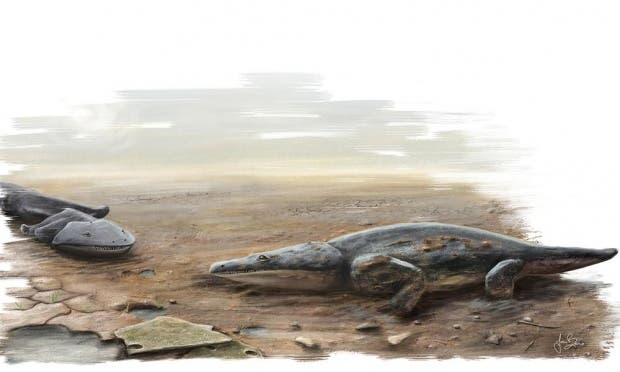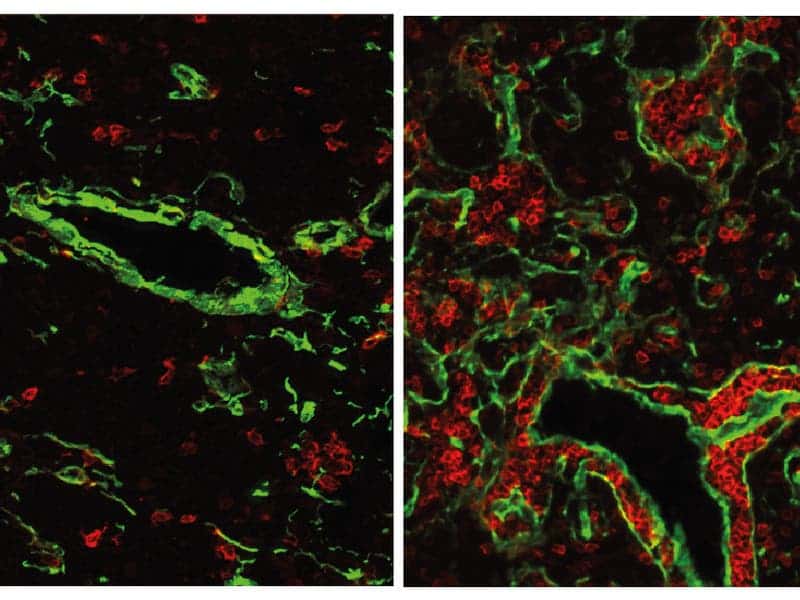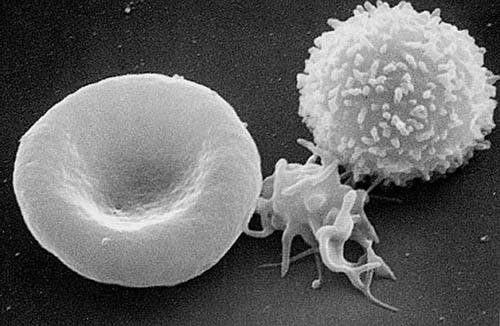A whole functional organ has been successfully grown in animals for the first time; a group of Scottish researchers created a group of cells which, when transplanted into a mouse, developed into a fully functional thymus – a critical part of the immune system. The findings could lead to a revolution in organ transplant.
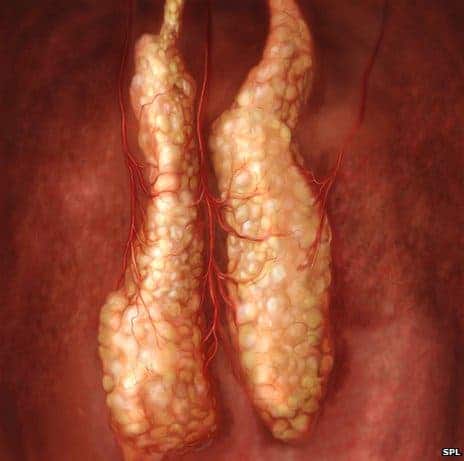
The thymus is a specialized organ of the immune system. Within the thymus, T-cells mature. T cells are critical to the adaptive immune system, where they adapt specifically to foreign invaders. Each T cell attacks a specific foreign substance which it identifies with its receptor. Scientists at the Medical Research Council centre for regenerative medicine at the University of Edinburgh have successfully created a thymus, inside a mouse, starting from just cells collected from an embryo.
The cells were “reprogrammed” and mixed with other support-role cells, in a similar experiment to the lab-grown human brains which reached the maturity of a 9 week old foetus. The resulting thymus was structurally and functionally similar to a real one, prompting Prof Clare Blackburn, part of the research team, to say results are “tremendously exciting”.
“This was a complete surprise to us, that we were really being able to generate a fully functional and fully organised organ starting with reprogrammed cells in really a very straightforward way. This is a very exciting advance and it’s also very tantalising in terms of the wider field of regenerative medicine.”
For patients in need of a bone marrow transplant or in babies born without a thymus, the technique is extremely promising. Ways of helping elders or people with a less functional thymus also show promise. However, even if it works in mice, the risk of actually trying the technique in humans is huge. However, researchers are now testing pancreatic cells encapsulated in a device, which is then implanted in the patient. Another challenge is that the current technique uses embryo cells – so developing thymus would not be a tissue match for the patient. Also, scientists have to be sure the cells won’t start growing uncontrollably, in a cancerous way.
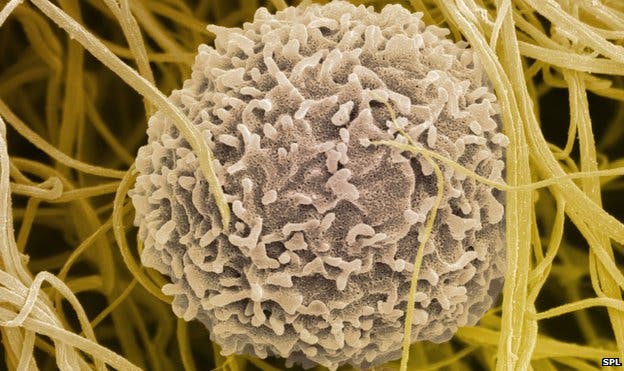
Prof Robin Lovell-Badge, from the National Institute for Medical Research, said:
“This appears to be an excellent study. This is an important achievement both for demonstrating how to make an organ, albeit a relatively simple one, and because of the critical role of the thymus in developing a proper functioning immune system. However… the methods are unlikely to be easy to translate to human patients.”
Dr Paolo de Coppi, who pioneers regenerative therapies at Great Ormond Street Hospital was also very excited, and more confident in the possibility of using the technique in humans:
“Research such as this demonstrates that organ engineering could, in the future, be a substitute for transplantation.Engineering of relatively simple organs has already been adopted for a small number of patients and it is possible that within the next five years more complex organs will be engineered for patients using specialised cells derived from stem cells in a similar way as outlined in this paper. It remains to be seen whether, in the long term, cells generated using direct reprogramming will be able to maintain their specialised form and avoid problems such as tumour formation.”
Journal Reference: Nicholas Bredenkamp,Svetlana Ulyanchenko,Kathy Emma O’Neill,Nancy Ruth Manley, Harsh Jayesh Vaidya& Catherine Clare Blackburn. An organized and functional thymus generated from FOXN1-reprogrammed fibroblasts. Nature Cell Biology (2014) doi:10.1038/ncb3023
